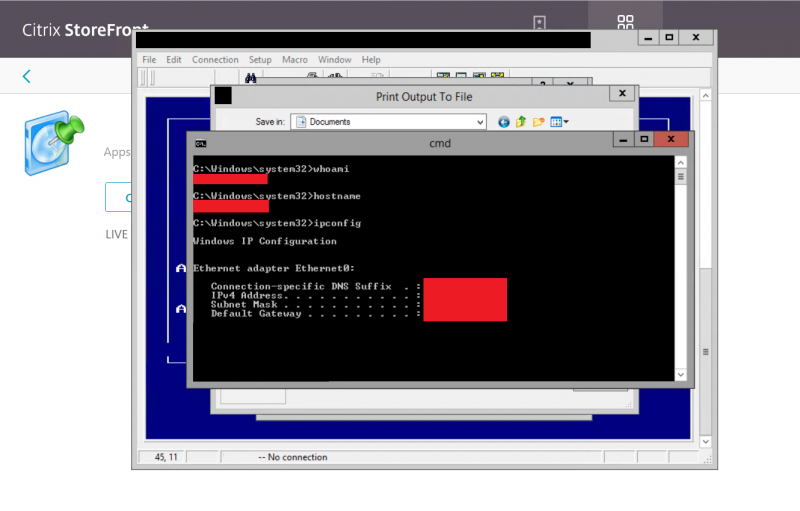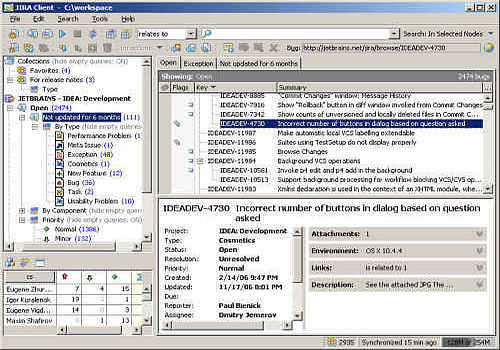
It might work one time or for a brand new feature, but then you move it to the done status and what happens next? What if you want to do regression or session-based testing? How are you going to reuse those objects across projects, assign multiple ticket items and show that coverage? Due to the way Jira is set up, you can’t.
#Jira client based view manual#
Let’s say that Jira does a really good job of running a manual test case. Also, if you are using any type of automation, you need to use another solution.Įven with manual and acceptance testing, there are some limitations. However, since Jira issues are always meant to be pushed to “done,” you are limited in the flexibility to reuse the issue for testing.Ītlassian’s own documentation on Jira says that it can work for manual testing, acceptance testing and so on, but it clearly warns that there is no testing-specific functionality built naively into Jira. What you really want is to be able to use that test case for multiple types of testing, whether it be for regression testing or running the same test case under various parameters and configurations to validate a new feature. This setup means that if you customize Jira or certain issues for test case management, you’ll always find yourself moving to a done status when you might not be “done” once a test executes. For example, every workflow built inside Jira has an endpoint of “done.” But in testing, even if you complete a test, that doesn’t necessarily mean that you’re actually done with that test. You can customize Jira in certain ways to use it for some test case management processes, but these are makeshift customizations and they have limitations as a result. This is because Jira is not a test case management solution. You’ll see that Jira has several different types of issues (Bug, Epic, Improvement), but nothing specifically for tests. When you begin looking at how you can build a testing process in Jira, the most common place to start is with an issue type.

The reality is a lot more complicated, especially given how many organizations are using it for testing today. Going back to the question of how JIRA is set up for testing, the short answer is that JIRA isn’t. But how exactly is JIRA set up for testing? Let’s take a look. The recent IPO as well as the massive wave of companies leaving legacy ALM providers have only fueled the widespread adoption of Jira.Īlthough JIRA is designed for issue and project tracking, many teams are using it for test case management so that development and testing can stay in one system.
#Jira client based view software#
Currently, it’s the number one software development tool used by Agile teams, and as Agile adoption continues to grow, more and more organizations are introducing Jira. Tips for finding the best solution mix for your needsįor those who don’t know, Jira is an issue and project tracking software from Atlassian.



Pros and cons of using strictly Jira for test case management.So what exactly do you need to know when it comes to using Jira for test case management? This guide will walk you through everything from soup to nuts, including: This popularity is not necessarily surprising given a recent Tricentis poll in which 66% of respondents reported having used Jira for the past several months or years.
#Jira client based view how to#
From how to use Jira for testing to which solutions best complement a Jira process, both Jira and testing seem to be the topics of the hour these days. We’ve recently fielded a lot of questions about using Jira for test case management.


 0 kommentar(er)
0 kommentar(er)
